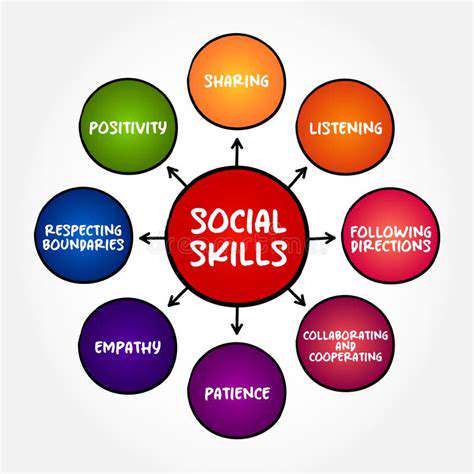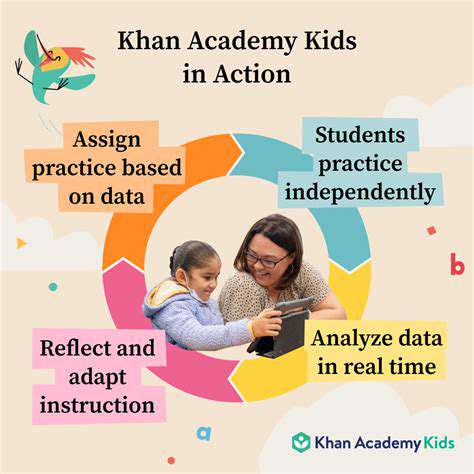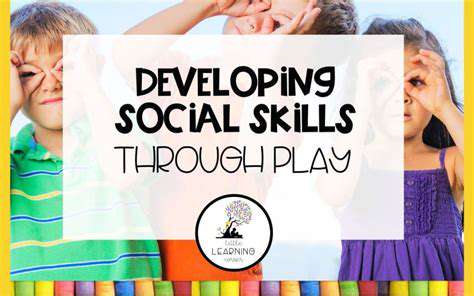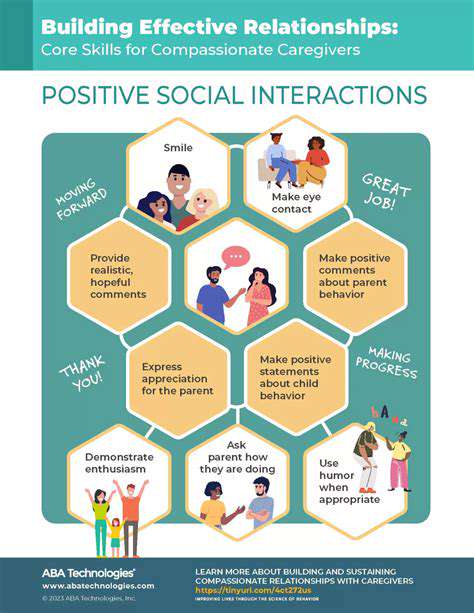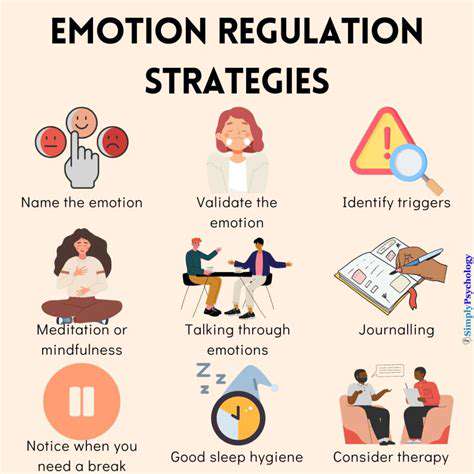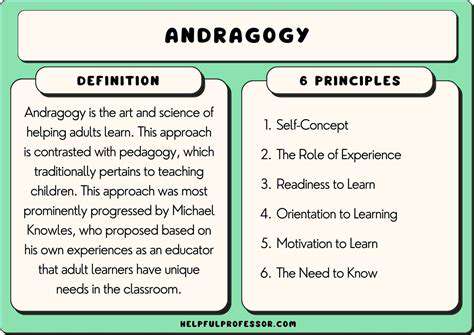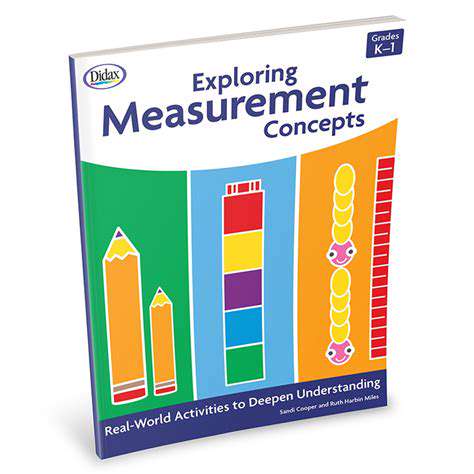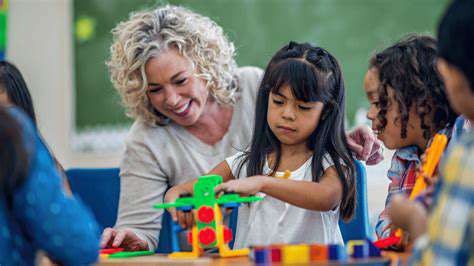Healthy Sleep Habits for Toddlers: Ensuring Restful Nights
Creating a Conducive Sleep Environment
Optimizing the Bedroom for Rest
Creating a dedicated sleep space is crucial for toddlers. A consistent sleep environment signals to their bodies that it's time to wind down and sleep. This means a room that's dark, quiet, and cool. Consider blackout curtains or shades to block out any lingering daylight, especially in the morning. A white noise machine can help mask disruptive sounds from outside the room or even within the house, creating a soothing backdrop for sleep. Maintaining a comfortable temperature is essential; a slightly cooler room is generally more conducive to sleep than a warm one.
A toddler's bedroom should be designed specifically for sleep. Clutter can be distracting and lead to restless sleep. Keep the room free of toys and other stimulating items that might encourage play instead of rest. A designated area for books or quiet activities can be helpful for independent relaxation before bed, but keep that area separate from the sleep zone itself. Consider the use of soft lighting to transition from daytime to nighttime. A nightlight or a dimmer switch can help gently guide the toddler into a peaceful sleep routine.
Establishing a Relaxing Bedtime Routine
A consistent bedtime routine is vital for establishing healthy sleep patterns in toddlers. This routine should signal to the body that it's time to prepare for sleep, creating a predictable and calming end to the day. A warm bath, followed by gentle brushing of teeth, reading a book, and a quiet cuddle or story time with a parent or caregiver are all excellent components of a calming bedtime routine. These activities help to wind down the toddler's body and mind, preparing them for sleep.
Consistent bedtime and wake-up times, even on weekends, help regulate a toddler's internal clock, leading to more regular sleep cycles. This consistency helps their bodies anticipate sleep and wake-up times, making it easier for them to fall asleep and wake up feeling refreshed. Avoiding screen time close to bedtime is crucial, as the blue light emitted from devices can interfere with melatonin production, which is essential for sleep. Establishing a calming bedtime routine, coupled with a consistent sleep schedule, creates a strong foundation for healthy sleep habits.
Including relaxing activities like gentle stretches or massage can help soothe the toddler and prepare them for sleep. Avoid stimulating activities, like vigorous playtime or overly energetic interactions, right before bedtime. Building a calming atmosphere and a predictable routine will contribute to a more peaceful and restorative sleep experience for your toddler.
Making sure the routine is age-appropriate and engaging will make it more likely to be followed. Toddlers love consistency and familiarity, so try to keep the routine as predictable as possible. This predictability will help your toddler feel secure and ready for sleep.

Dietary Considerations for Toddler Sleep

Introducing Solid Foods
Toddlers are embarking on a new culinary journey, transitioning from breast milk or formula to a wider variety of foods. This crucial stage requires careful consideration, focusing on introducing nutrient-rich options gradually. Introducing a diverse range of foods early on helps establish healthy eating habits for life. It's important to remember that each child develops at their own pace, and patience and positive reinforcement are key during this process.
Parents often wonder about the optimal timing for introducing various food groups. While there's no strict timeline, most pediatricians recommend starting with single-ingredient purees, gradually incorporating more complex textures and flavors as the toddler matures. A balanced diet that includes fruits, vegetables, whole grains, lean proteins, and healthy fats is essential for a toddler's growth and development.
Allergy Awareness
Food allergies are a significant concern during toddlerhood. Parents should be vigilant about potential allergic reactions, carefully monitoring their child after introducing new foods. Some common allergens include peanuts, tree nuts, milk, eggs, soy, wheat, fish, and shellfish. It's crucial to consult with a pediatrician if you have any concerns about allergies.
While there's no foolproof way to prevent allergies, introducing potential allergens early and gradually can sometimes reduce the risk. However, this approach should be done under the guidance of a healthcare professional. Always be cautious when introducing new foods, and be prepared to address any unusual reactions immediately.
Portion Control and Healthy Eating Habits
Portion sizes are crucial for toddlers. Overfeeding can lead to unnecessary weight gain and other health issues. Offering appropriate portion sizes ensures that toddlers receive the necessary nutrients without excessive calories. Toddlers' appetites can vary, so it's essential to pay attention to their cues and adjust portions accordingly.
Establishing healthy eating habits during this formative period is vital. Encourage self-feeding, and allow toddlers to explore different textures and tastes. Offer a variety of healthy foods, making mealtimes enjoyable and positive experiences. Modeling healthy eating habits yourself is an important step in guiding your toddler toward a nutritious lifestyle.
Hydration
Staying hydrated is essential for toddlers' overall health and well-being. Water is the best choice, and avoiding sugary drinks is crucial. Encourage water intake throughout the day, offering it alongside meals and snacks. Providing enough water ensures proper bodily functions and helps maintain energy levels.
Fruit juices, despite containing vitamins, can contain high amounts of sugar. Limit juice intake, and offer water as the primary beverage. A toddler's thirst cues should be respected, and they should be encouraged to drink when they feel thirsty. Excessive consumption of sugary drinks can negatively impact a toddler's teeth and overall health.
Nutritional Requirements
Toddlers have specific nutritional needs that differ from infants and adults. These needs vary depending on factors such as age, activity level, and overall health. Calcium, iron, vitamin D, and zinc are important nutrients that toddlers require for healthy development.
Ensuring a balanced diet that meets these requirements is essential. Consult with a pediatrician or registered dietitian for personalized advice on meeting a toddler's specific nutritional needs. It's important to understand the specific nutritional requirements for this stage to ensure proper growth and development. Consider consulting a professional for personalized dietary recommendations.

